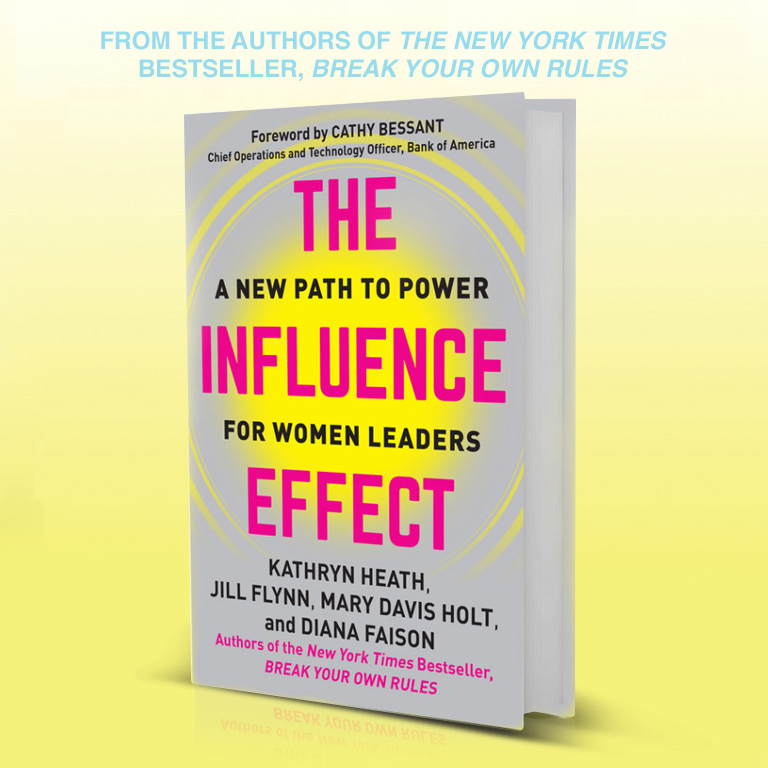Leadership is an enigma. There are some that feel that they are strong leaders and have everything that it takes to be successful. Their teams don’t agree. Strong leaders know that they always need to work on their leadership skills and are open to learning about what they are missing or what blind spots that they have. Here is a guest post from the new book What Are Your Blind Spots? Conquering the 5 Misconceptions that Hold Leaders Back.
In order to activate purpose at your organization, your leaders must have conviction in that purpose while also being clear on their personal purpose at work. People generally have a desire to bring their best selves to work, but if you or they are not sure what that best self is, it’s hard to consistently bring it or know when and where to apply it. Great organizations don’t just have an organizational purpose, but they bring out personal purpose in individual people as well.
When we talk about personal purpose, we don’t mean an all-encompassing answer to what makes you happy in life. That’s a bonus. We are referring to understanding what makes you happy and most effective at work. As a leader who wants to be truly purpose driven and have teams that are as well, you must ask yourself the following questions:
• Do I know what drives, motivates, and inspires the people working on my team?
• Do I know the core strengths and passions of my team?
• Do I know what each person’s personal best is and understand how to activate it?
• Do I know the personal purpose of the members of my team?
• Do I help individuals bring their purpose to life?
• Do I know how to connect people’s personal purposes to the larger purpose of my organization?
Once you can answer yes and elaborate on each of your answers, you will be ready for a game-changing performance. Simon Sinek wrote in his book Start with Why:
Studies show that over 80 percent of Americans do not have their dream job. If more knew how to build organizations that inspire, we could live in a world in which that statistic was the reverse—a world in which over 80 percent of people loved their jobs. People who love going to work are more productive and more creative. They go home happier and have happier families. They treat their colleagues and clients and customers better. Inspired employees make for stronger companies and stronger economies.
If you want to create an organization in which 80 percent of your people are excited to come to work and are vested in the success of the business, your people need to know and feel that you are fully vested in their success. They need to see how they connect to the purpose of the organization and how their contributions make a difference.
About Jim Haudan
Jim Haudan is Co-Founder and Chairman of Root Inc. Root Inc., the organizational change expert on helping companies create leadership alignment, execute strategies and change successful, build employee engagement, and transform businesses. He is a sought-after business presenter who has spoken at TEDx BGSU, Tampa TEDx, and The Conference Board. His latest book, What Are Your Blind Spots?: Conquering the 5 Misconceptions that Hold Leaders Back is co-authored with Rich Berens is CEO and Chief Client Fanatic of Root Inc. The book equips readers with the tools needed for a personal leadership reset. You’ll discover how to increase engagement, productivity, and growth in your own organization.
About Rich Berens
Rich Berens is CEO and Chief Client Fanatic of Root Inc, and has helped align leaders at Global 2000 organizations to drive strategic and cultural change at scale. He is a noted speaker on the issues of, transformation, and how to create lasting change and has authored articles for numerous publications and blogs. Under Rich’s leadership, Root has been listed among the Great Place to Work® Institute’s top 25 places to work, been named to the Inc. 5000 fastest-growing companies list, and experienced 10 years of consecutive growth. His latest book, What Are Your Blind Spots?: Conquering the 5 Misconceptions that Hold Leaders Back is co-authored with Jim Haudan is Co-Founder and Chairman of Root Inc.










